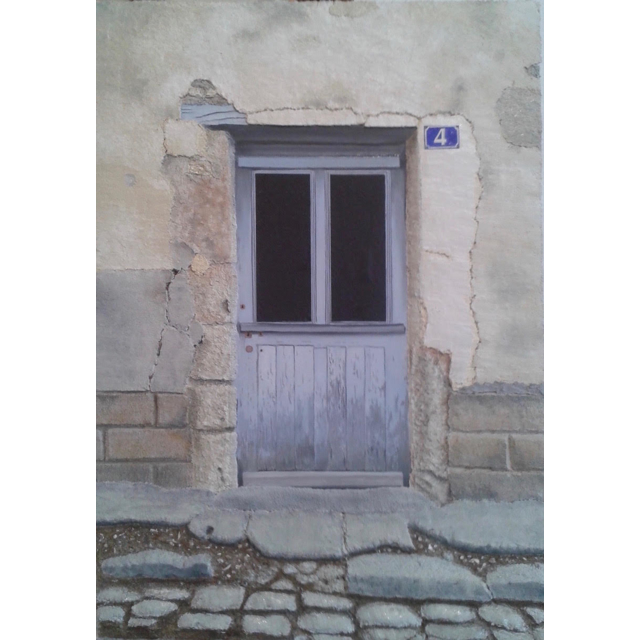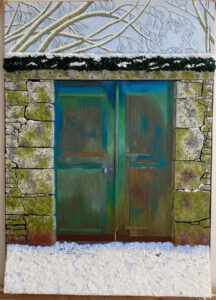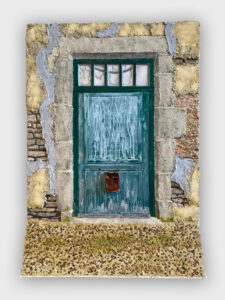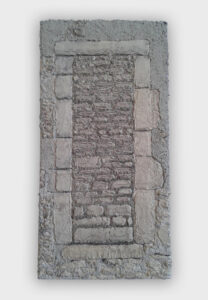ANDY FEEHAN
artworks
biography





Andy Feehan | biography
Andy Feehan is an American artist, born and raised in Houston, Texas. He graduated from the University of St. Thomas (Houston) and earned an MFA from the University of North Texas (Denton). He has exhibited his work in Houston, Chicago, Dallas, and New York, and was featured in the 2001 New Orleans Triennial at the New Orleans Museum of Art.
In 2005 he moved to Mussy-sur-Seine (l’Aube), a village in the Champagne region that is very close to the border of Burgundy (France).
Artist statement:
„For the past few years I’ve been making paintings based on façades of local buildings, most of which have been abandoned and are in various states of decay or decrepitude. My approach to materials is an effort to describe this state, and the majority of the paintings have a pronounced third dimension. I do not particularly care if people recognize these buildings as French, but only that they sense their state of impermanence. I live in Mussy-sur-Seine, and there are quite a few abandoned houses in this village. In the late twentieth century, much of the rural population left the countryside and moved to the cities to find work. Historical and national contexts aside, I hope, primarily, to invoke a mood, not necessarily based on locality, but more founded on technique, colour, and composition. My aim, in fact, is to escape any reference to France and to speak to a larger audience. I hope my viewers will feel free to think of these paintings as metaphors. I think of them as transitions, and many of us now find ourselves all together in a large, common transition, facing our own vulnerability and fragility. Of course, doors have long been associated with the idea of transition, the passage of time, and impermanence. The Romans frequently mounted a figure of the god Janus over doorways, the god having one face looking forward and one face looking back. So my reference to local phenomena is an attempt to address a larger human concern. I have worked for years with techniques involving a kind of hybrid state somewhere between two and three dimensions. These paintings combine both implicit and explicit three-dimensionality and are best seen from more than one position once they are hung on a wall. Most works have a wooden stage underneath supporting the sculptural elements. When the work is dry, it is solid and durable. I sometimes feel there is a certain difficulty in conveying the work via computer or in print because the depth is diminished in these media. If one notices the base of the work, the third dimension becomes more obvious.“
+ + +